







 |
||||||
 |
 |
 |
 |
 |
 |
 |
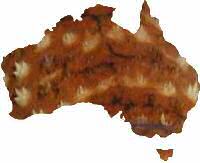
| About: The
Centralian Knob-tail gecko is the
largest (by weight) gecko on the
Australian continent. They are a
very unique looking gecko with an
alien-like appearance. Range: As their name implies, they are found in the center of Australia centered near the town of Alice Springs, NT. Habitat: Nephrurus amyae prefers rocky substrates, often in boulder fields or outcrops. They do not burrow like other species in the genus, but will wedge themselves between rocks or in shallow depressions under rocks. Natural History Notes: These nocturnal hunters prowl mainly after sunset searching for insects and anything small enough to fit into their large mouths, including other geckos. Since they are able to eat larger prey, they feed less frequently than other geckos. Coming from a harsh environment, these geckos survive in very hot and very cold conditions, sheltering deep within rock crevices to avoid the heat of the day and brumating during the winter to avoid nights of near freezing temperatures. I searched the area around Alice Springs for these geckos, but the year I was in this area was the wettest year on record, and unfortunately, I was not able to find any in the wild. The landscape was fantastic. The threat display of these geckos is very interesting. They will rise up high on all 4 and then slowly, but smoothly, lower themselves to the ground with legs bent, returning thereafter to the initial stance high on their legs. This is often accompanied by a rumbling growl or short raspy barks and lunges towards the perceived threat. General Notes: This is a commonly kept and bred gecko in captivity. There appears to be a group of animals that have been selectively bred for reduced black patterning and light orange or peach colors that may be hypomelanistic. These are one of the most impressive geckos in the world! |
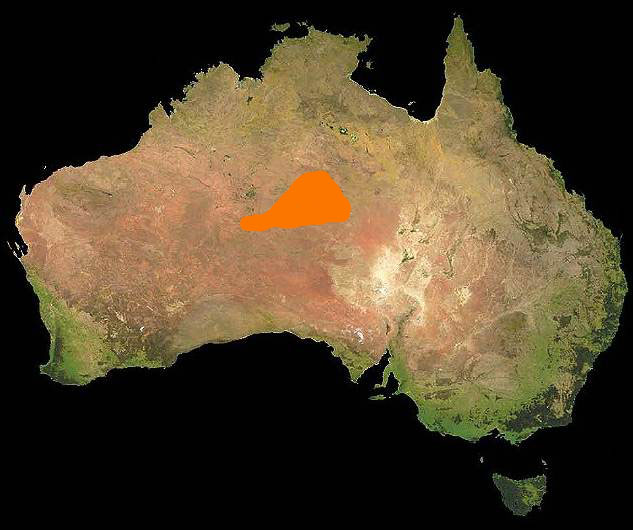 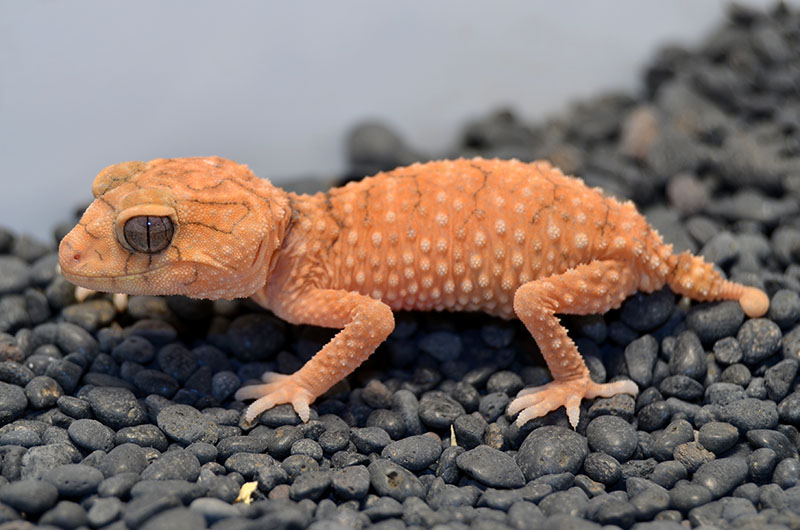
Juvenile female
Centralian Knob-tails (N. amyae)
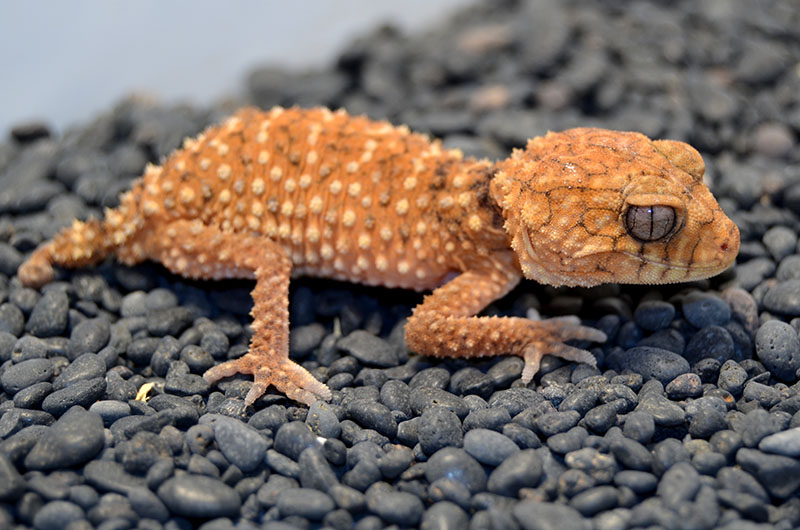
Young male
Centralian Knob-tails (N. amyae)
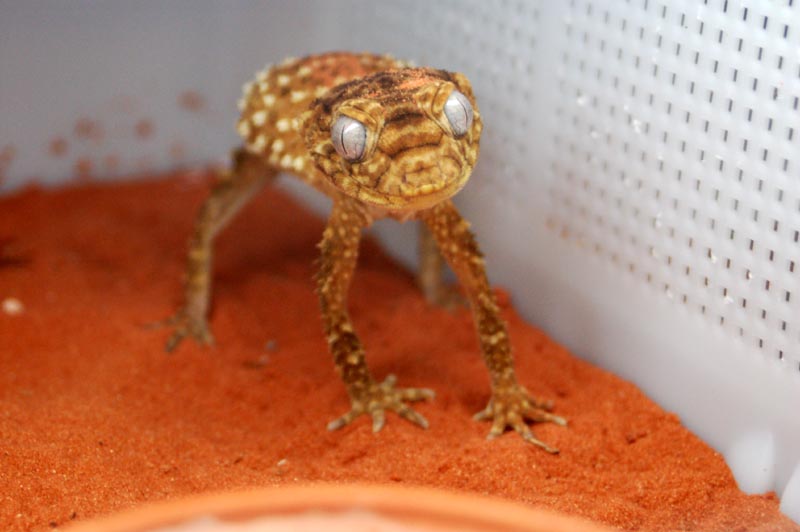
Defensive display by an adult
male Centralian Knob-tail
|
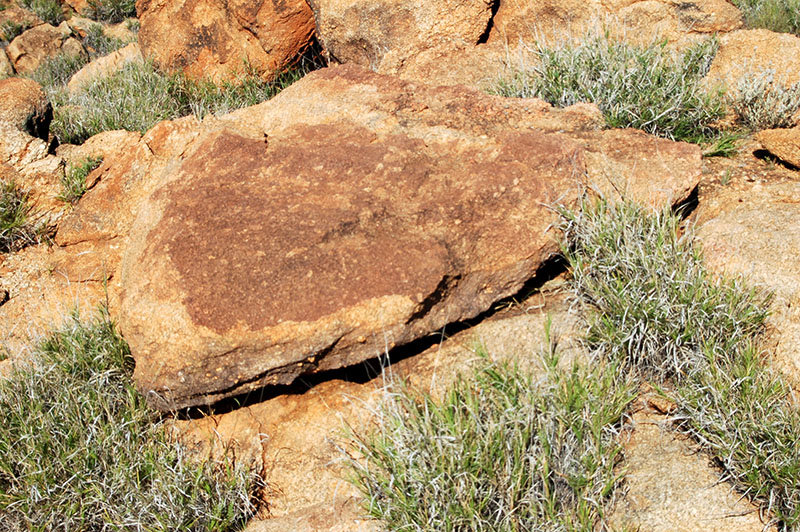
Some nice rocky habitat near
Alice Springs
|
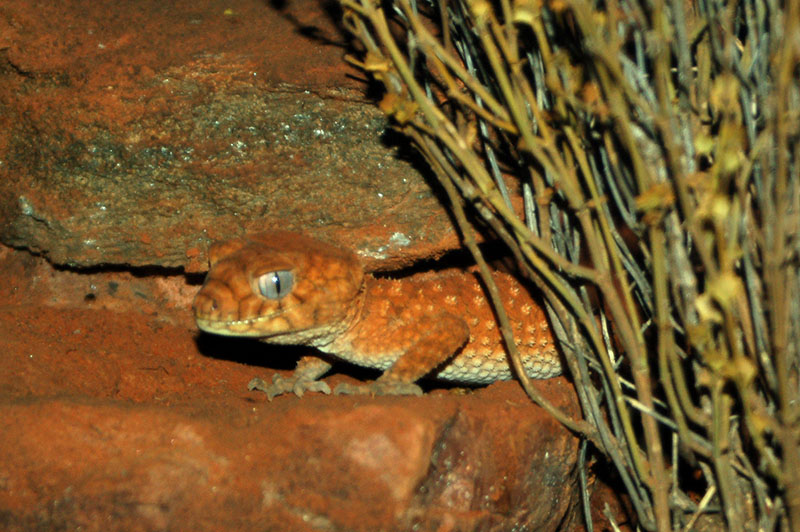
Nephrurus amyae in naturalistic
cage at the Alice Springs Desert Park
|